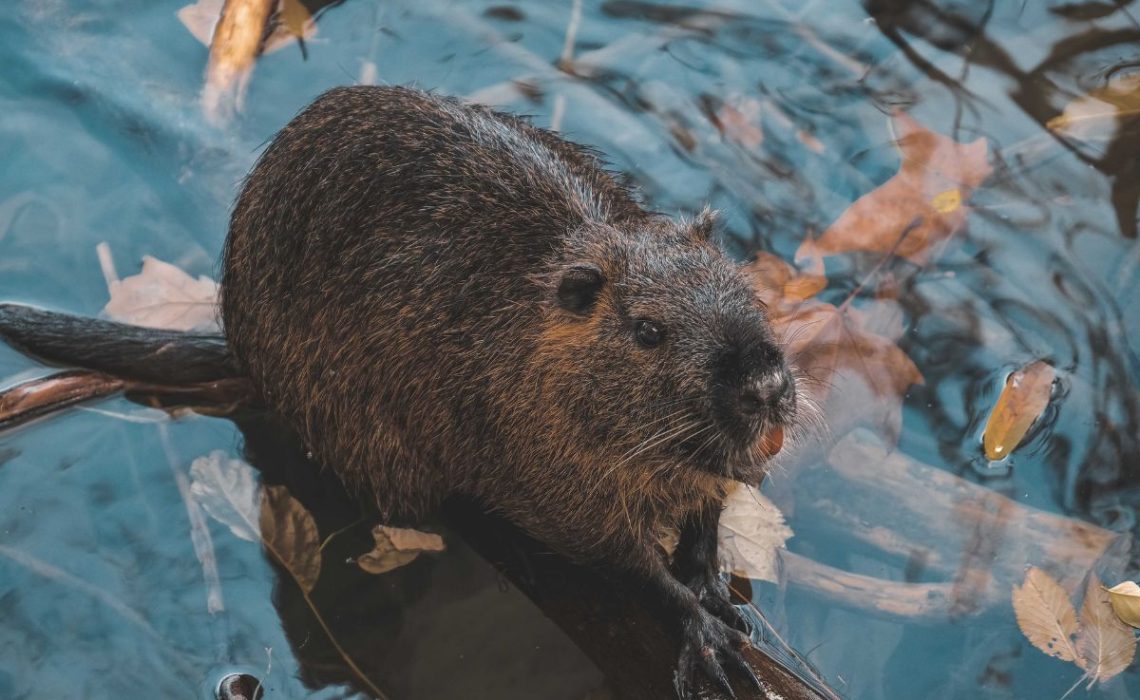California needs more beavers, and Google is helping them figure out where the critters are hiding.
For decades, California beavers have been removed as pests or for their pelts – a trend that took the local beaver population down from 100-200 million to just 10-15 million. CDFW
But, as reported by WIRED, that’s finally about to change:
“Thanks to tireless lobbying by a campaign called Bring Back the Beaver, the California Department of Fish and Wildlife has begun to overhaul its outdated beaver policies. In 2022, the state budgeted more than $1.5 million for beaver restoration, and announced it would hire five scientists to study and support the rodents.”
Beavers being released into the wild in California for the first time in 75 years.
Why California needs more beavers
The main reason that California needs to increase the beaver population is for water retention.
- The state is in desperate need of better water collection and storage options in the face of recent droughts, and beaver dams are the obvious natural solution.
- The extra water is known to create wetland areas, which seriously slow or even stop wildfires, and create fireproof refuges for other creatures. Given the crises caused by fires in California, this is a huge bonus.
What Google is doing to help
What started as the accidental passion project of a former Google employee is now an automated machine learning program called EEAGER (Earth Engine Automated Geospatial Elements Recognition) that can sort images of beaver dams vs things that are not beaver dams with astonishing accuracy.
- The program still requires a human to double-check the sorted images: even with a roughly 98% accuracy rate, it still produces false positives.
- Engineers and programmers at Google developed the program by feeding tens of thousands of images to a machine learning program and training the program to identify whether the image contained a beaver dam.
Next steps
California’s wildlife department needs to figure out where to reintroduce beavers and encourage population growth, and this program will dramatically speed up the process.
- “The Nature Conservancy and Google plan to run the [EEAGER] model across the state sometime in 2024, a comprehensive search for every last beaver dam and pond. That should give the state’s wildlife department a good sense of where its beavers are living, roughly how many it has, and where it could use more.” WIRED
And beyond spying on beavers, this program will help identify and track other important landscape features, too!
Dig Deeper: Read the full article from WIRED, or check out the original research article in AGU Journal for full details.

